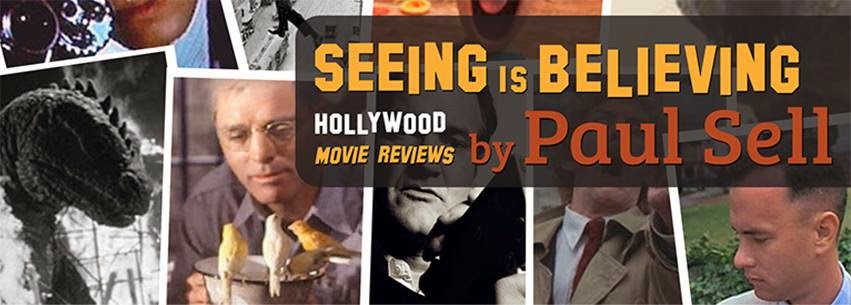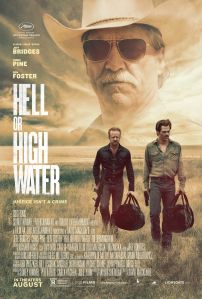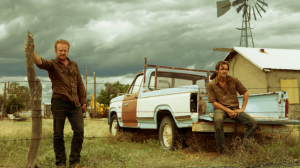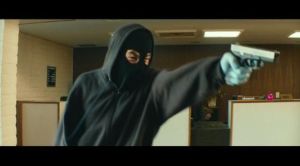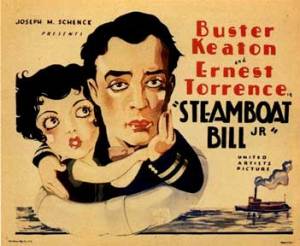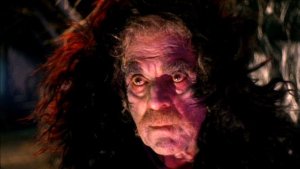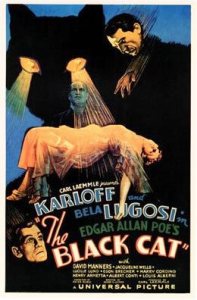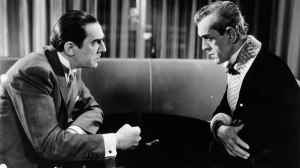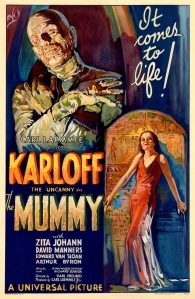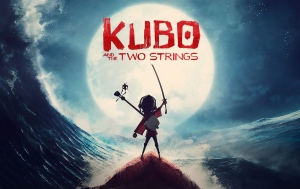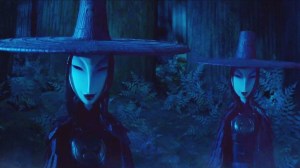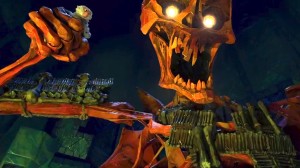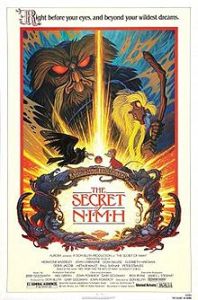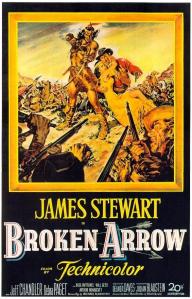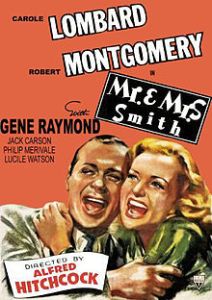
Sometimes simplicity is the best way to scare and thrill an audience. You don't always need convoluted plans, big explosions and lots of plot twists (though that isn't always a bad thing). There are moments where putting two opposing sides in a dark and dangerous situation can give you the best results.
"Don't Breathe" lets every situation and scene speak for itself, without any scene overstaying its welcome and each one doing something fresh to its simple premise. At times, it feels like the film is pulling this off effortlessly, as we watch a group of teenagers break into the home of an elderly man who lost his sight in Iraq, with the kids knowing there is a lot of money somewhere in that house. But the man is not defenseless and uses his increased senses of hearing and smell to track the teens, forcing them to hide in this rundown shack from a pissed off army-veteran who has nothing left to lose.
What I loved the most about "Don't Breathe" was how it painted a distorted picture of both the teenagers and the blind man. Both parties have their reasons for doing these acts - The teens want to get out of Detroit and need the money to get all three of them down to California, where they can start their lives over again. They don't steal money, only valuables like watches and jewelry, and they only steal from the already wealthy. They don't want to hurt anyone, they're just sick of living their current lives and want to start over. And that isn't cheap.

This doesn't excuse breaking into people's houses and stealing from them, but you see where they're coming from.
As for the blind man, you'd think he would be the innocent party in all this. These kids broke into his house, are stealing his goods and are threatening his life. But, as the film goes on and we learn more about what this man has done, we realize this is a man who takes the law into his own hands. He doesn't believe in a proper justice system, since the girl who killed his daughter never saw the inside of prison cell, or in any sort of God - What kind of God would take away the eye-sight of a man who was only serving his country?
And then we see what this guy is doing to keep himself busy.
At that point, I knew that "Don't Breathe" was not trying to paint the teenagers as the bad guys or the blind man as the innocent victim, but showing shades of grey and ambiguity to both sides. They are not being written as protagonists and antagonists, but as imperfect people, who make selfish and sometimes terrible decisions in life. They believe they're in control of their own lives and nothing bad could go wrong, so long as they are prepared. Which is why these two groups must butt heads - so that both sides can realize the error of their ways.

Outside of that, "Don't Breathe" never gets boring. Every scene flows neatly into the next one, and always finds a way to add something new to the tension, like when the teens are trying to escape through the basement, but the blind man turns off the lights and now both sides are blind. The elder is able to feel his way through the basement, recognizing familiar structures, while the teens stumble their way through the dark.
The film does not get bogged down in pointless moments, as everything we're shown does eventually come into play. Unlike most horror films, "Don't Breathe" has very few jump scares, and the ones that do occur are used well, like one involving the blind man's dog early on. Once the dog comes into play again, you're constantly on edge, wondering if the dog will pop up again. Jump scares are used at just the right moments to keep you wondering what might be lurking around the corner.
The blind man does not have many lines throughout the film, but he doesn't need many lines. He keeps his dialogue to basic questions, like asking his intruders how many are in his house. Instead, we see him tracking down the teens, by realizing there are multiple pairs of shoes in the house, and they don't smell like his shoes.

"Don't Breathe" takes full advantage of its premise and works in some creative bits, using almost entirely visual queues to tell this story. This film is simple and yet ingenious at the same time, with how it portrays the small cast of characters who are all just trying to survive. This one is always thrilling, tense and claustrophobic, making it one of the best horror films in recent memory.
Final Grade: A
